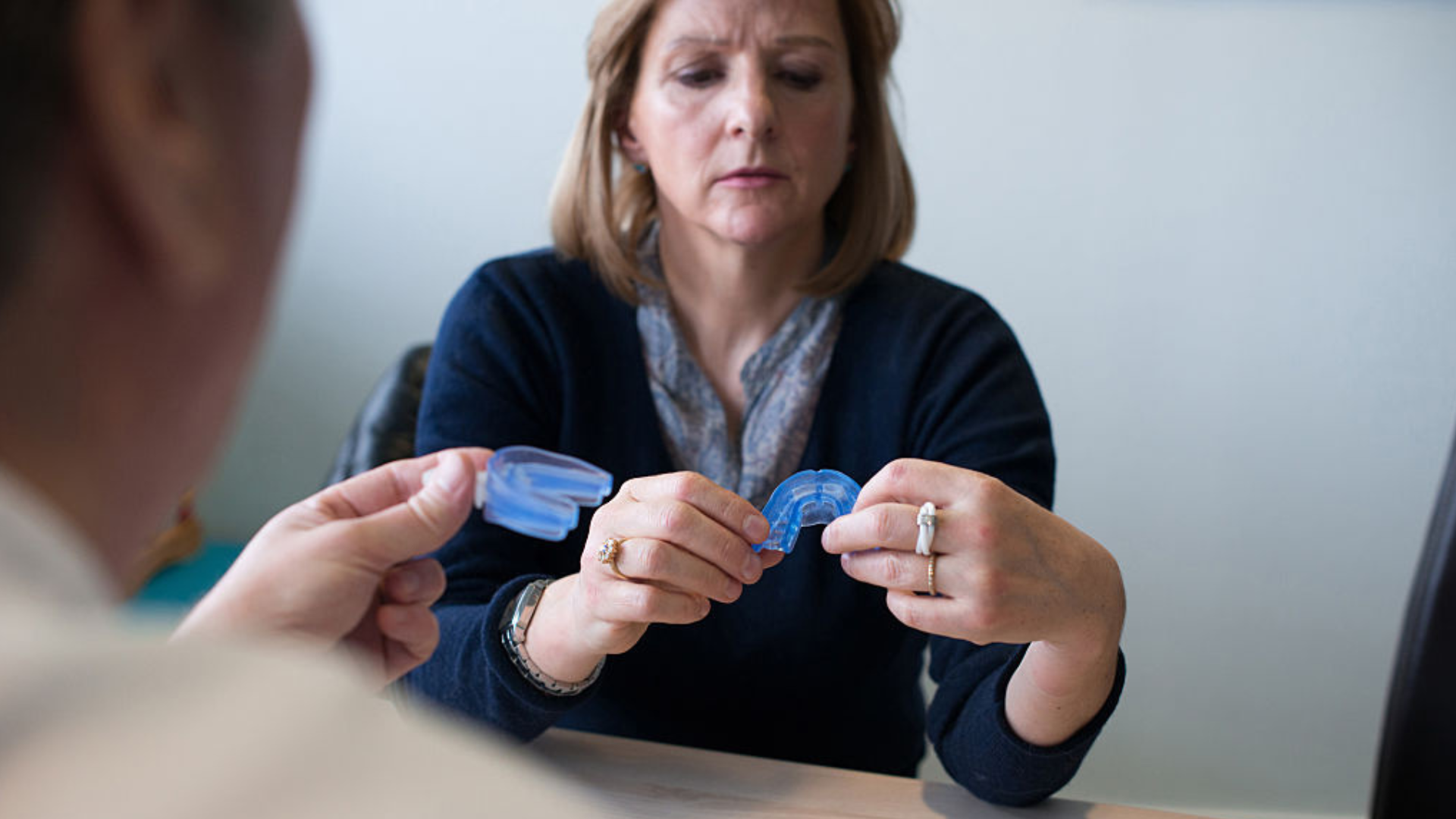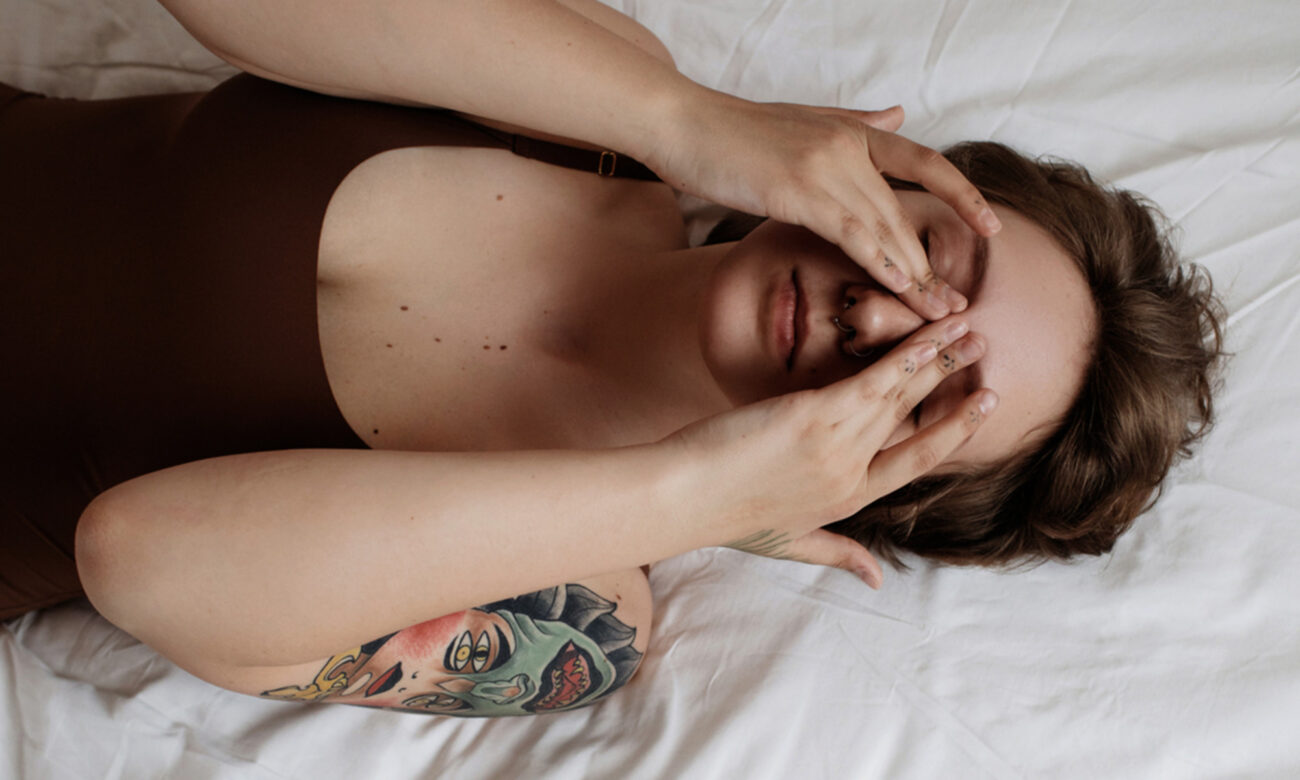Blog
90% of women who have sleep apnea don’t know it — here’s what to look out for
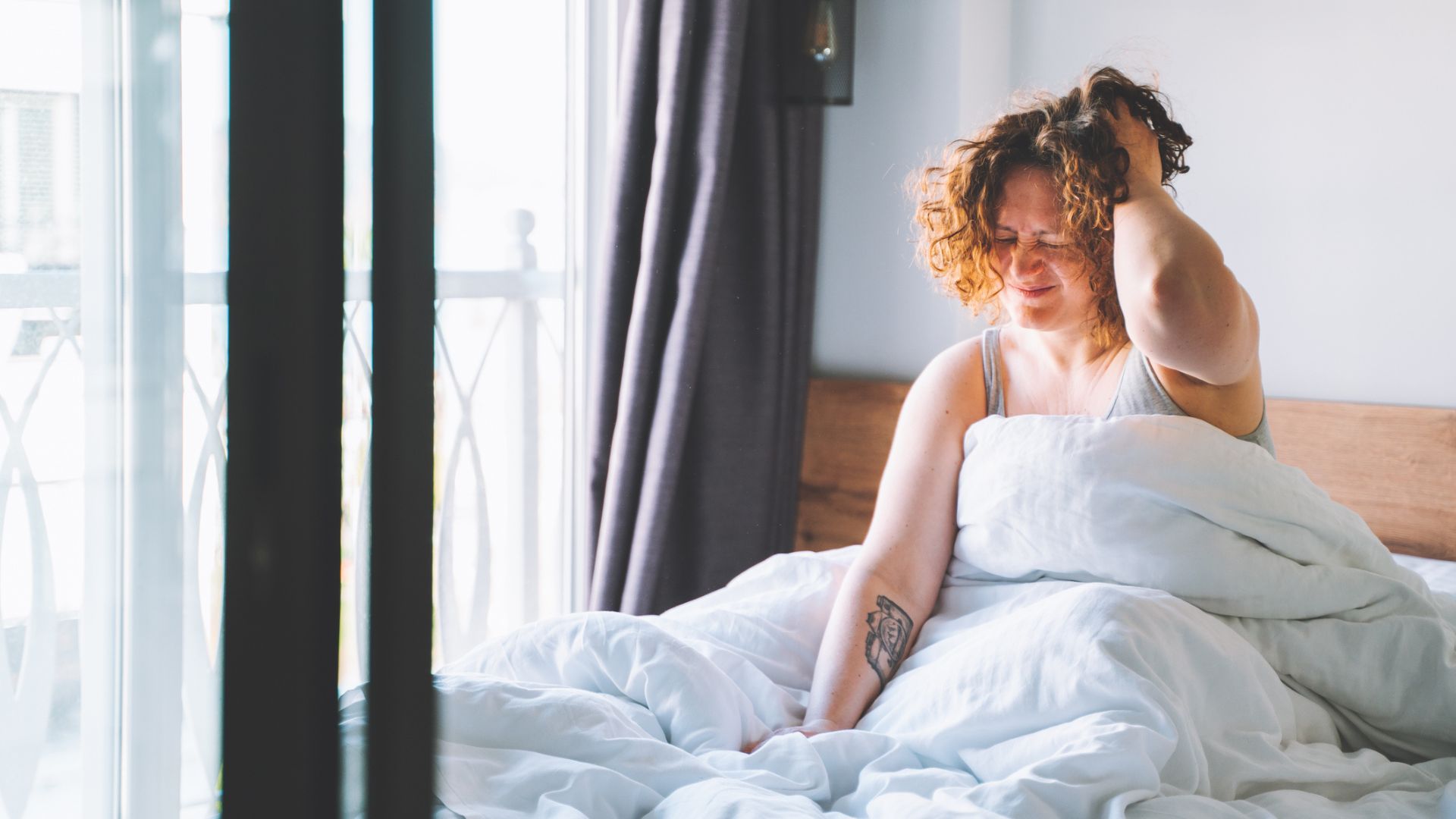
Sleep apnea is a condition where your breathing temporarily stops or is disrupted during the night. When you experience this, your brain automatically wakes you from your slumber. You might let out a loud snore, a snort or make a gasping sound in order to breathe again.
In women, snoring can be much less pronounced so it’s not as easy to tell from this symptom alone. Women are more likely to experience daytime sleepiness, impaired focus and mood changes.
This can lead to delays in diagnosis as sleep apnea in women can be mistaken for anxiety, depression and menopause. As the signs are more subtle, research suggests as many as 90% of women who have sleep apnea may be unaware they have it.
We’ve chatted with a sleep medicine specialist and a clinical sleep educator to find out more about this important sleep health topic for women.
What is sleep apnea?
“Sleep apnea is a condition where breathing stops or is disrupted at night time, eroding an individual’s quality of sleep,” explains Dr Anthony Izzo, a board-certified neurologist and sleep medicine specialist who is Sleep Center Medical Director at St Vincent Hospital.
“Each time breathing stops, the brain receives an alert about low oxygen, and it’s forced from a deep stage of sleep to a light stage to brief wakefulness in order to address the alert.”
There are two main types of sleep apnea: obstructive and central. Obstructive sleep apnea (OSA) is much more common says Dr Izzo.
“OSA occurs because tissues in the top of the airway, behind the nose and mouth, collapse down when the muscles that keep them up relax during sleep as this blocks the flow of air to the lungs,” he explains.
“Central sleep apnea happens when the brain doesn’t create the right signal to breath,” he adds.
“It’s associated with underlying medical conditions like congestive heart failure, lung diseases, or long-term use of opioid medications. But we don’t see much of this in clinical practice.”
Does sleep apnea affect women differently to men?
Yes, it very much does. Women are more likely to experience subtle symptoms such as mood changes and not being able to focus or concentrate well day after day.
This means diagnosis can be delayed or the condition can be mistaken for the symptoms of the menopause or depression.
“I can’t even tell you how important this is as sleep apnea in women often goes undiagnosed,” explains Lauri Leadley, clinical sleep educator, president and founder of Valley Sleep Center.
“The symptoms are sometimes attributed to general life challenges such as stress, and the menopause. But the truth is sleep apnea in women is overlooked.”
Symptoms of sleep apnea in women
Although men and women do experience some similar symptoms of sleep apnea, like snoring, there are also differences. Women are more likely to experience these subtle signs.
Frequent morning headaches
If you’re prone to starting your mornings with a dull headache, this could be a tell-tale sign. Morning headaches that are present as soon as you wake up are associated with obstructive sleep apnea.
A 2015 study published in the Journal of Headache and Pain looked at 48 people who had been diagnosed with OSA and experienced morning headaches. They found 25% had morning headaches for more than 15 days per month.
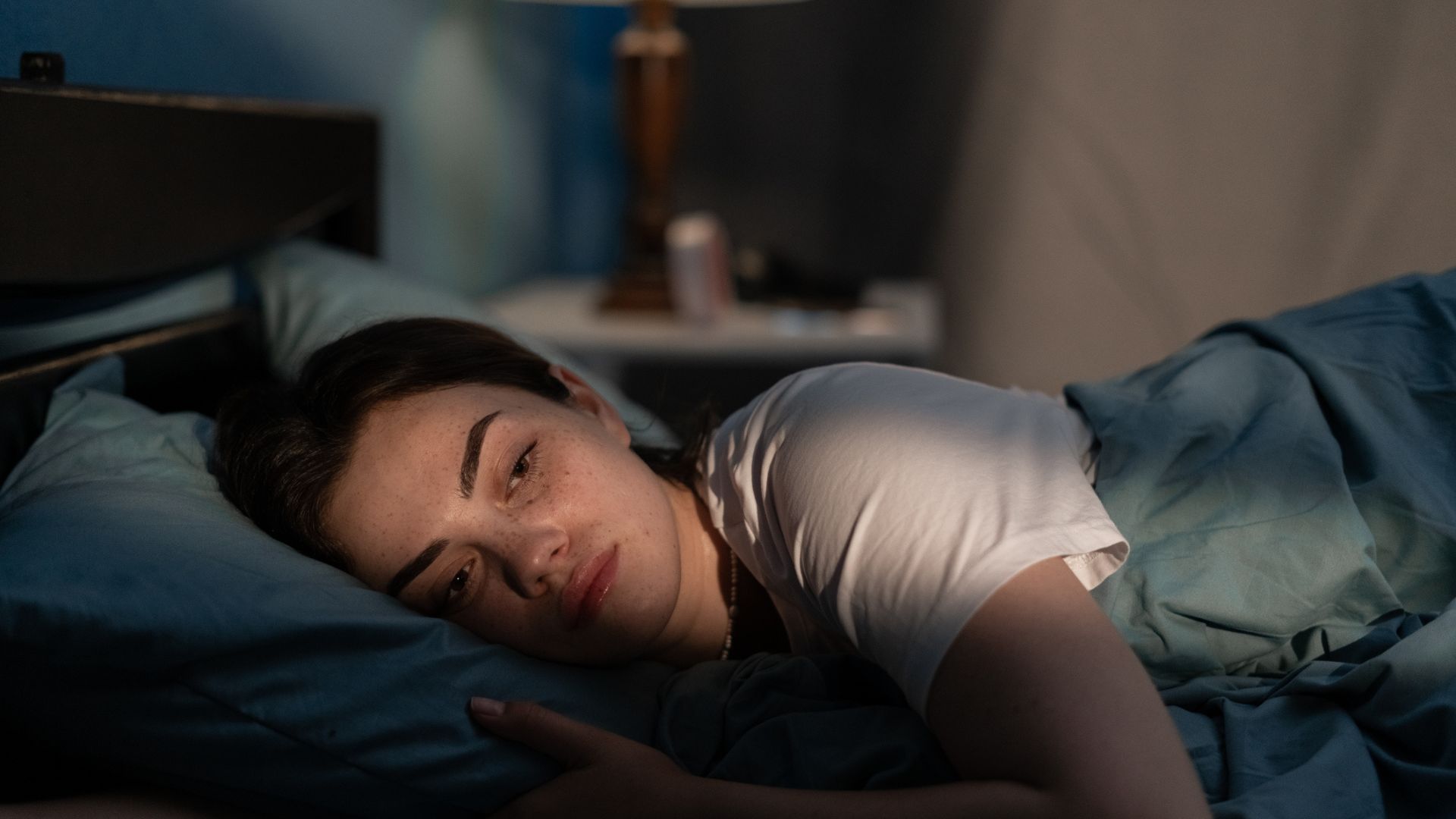
Mood changes
Obstructive sleep apnea and its impact on sleep quality can also worsen feeling anxious, irritable and impatient. It can affect your mood and could also lead to depression.
“Sometimes when your symptoms aren’t severe, it can be easy to write them off as nothing to worry about,” Lauri explains.
“But my advice is to be mindful about frequent mood swings that regularly leave you feeling anxious or low. No, it is not just you being bitchy or hard to deal with.”
Forgetfulness and fuzzy thinking
Although women with sleep apnea are less likely to experience loud snoring as they suddenly wake during the night, the condition can still disrupt their sleep quality.
Unsurprisingly, this has a knock-on impact on your cognitive health. You may have difficulty thinking clearly, and your attention, focus and concentration can also be impaired.
“Having trouble with focus or memory throughout the day may be the only symptoms a woman with sleep apnea experiences, even though they might not think it’s related,” explains Dr Izzo.
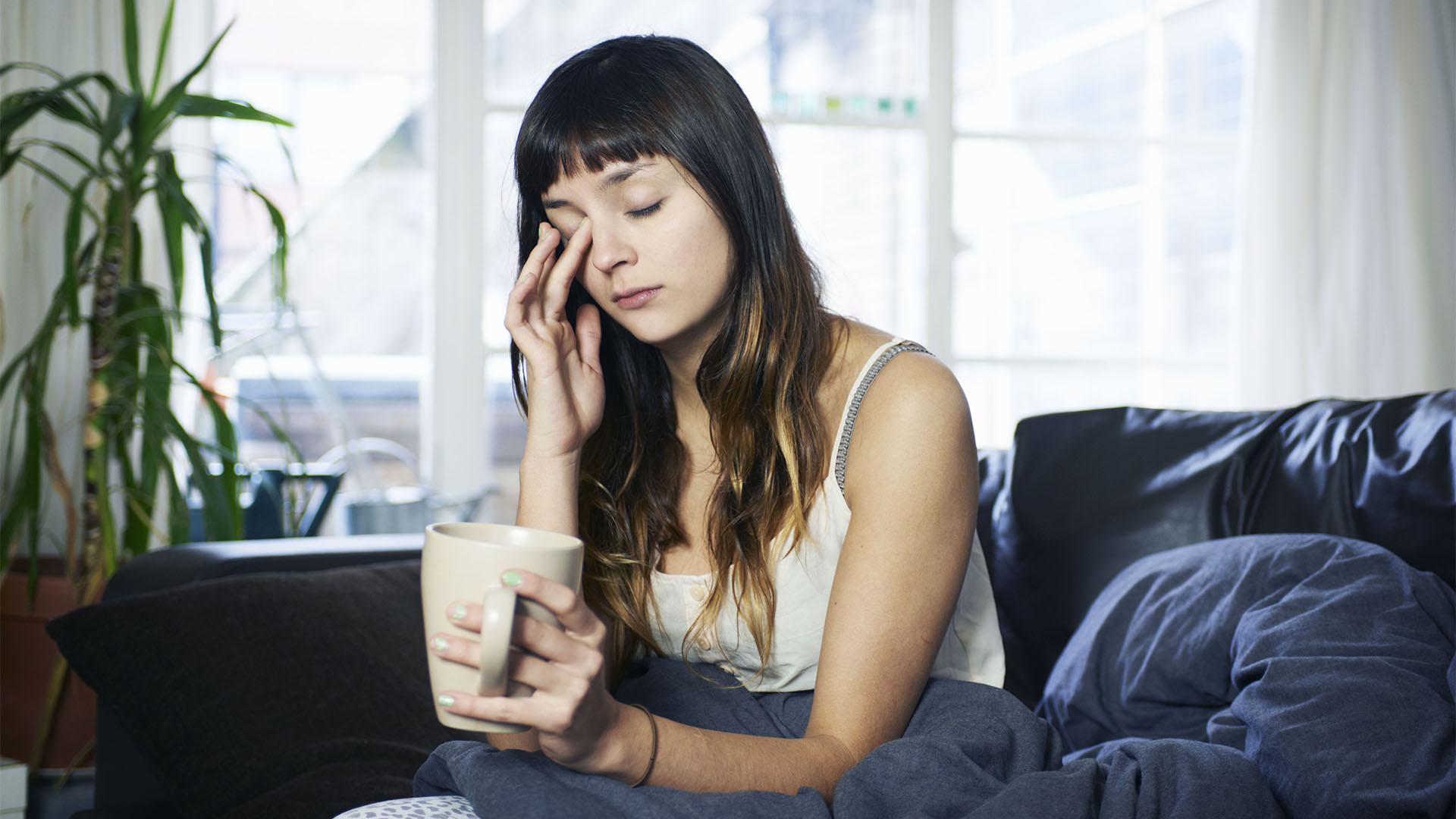
Dry mouth in the morning
Regularly waking up with a dry mouth or sore throat can also indicate obstructive sleep apnea. It’s regarded as a key symptom in OSA and it’s caused by your breathing being impaired throughout the night.
This can lead to a drop in oxygen concentration as a result of open-mouth breathing. Your mouth then becomes dry and you could also be more likely to experience morning headaches too.
Needing to go the toilet more at night
“Frequent urination during the night can also be a sign of sleep apnea in women,” says Lauri.
As OSA causes frequent sleep disruptions, you may find this makes you want to go to the toilet more during the night.
If you find you’re waking to urinate several times at night, it could still indicate OSA (even if it seems like a separate and unrelated issue).
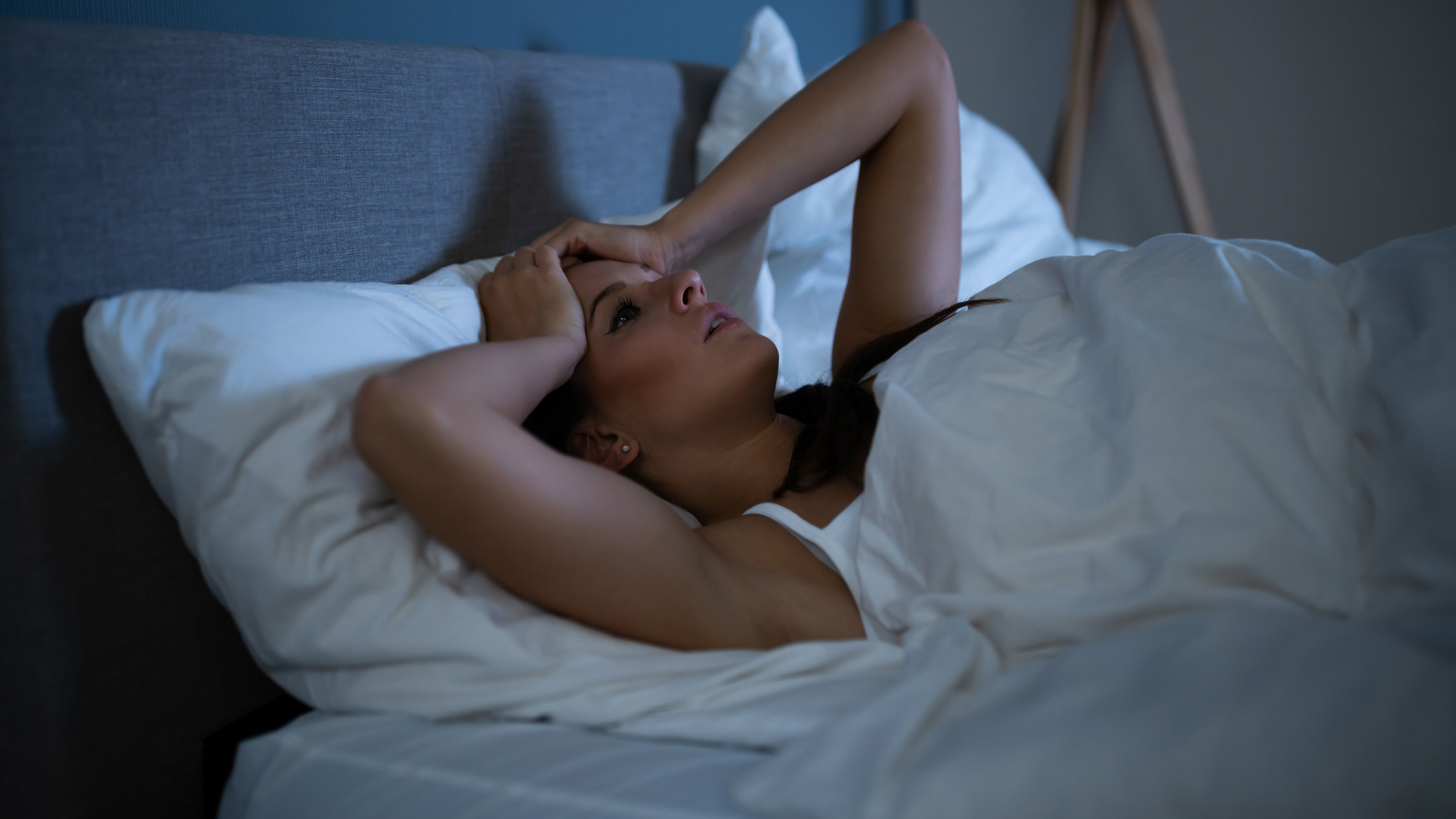
What causes sleep apnea in women?
Some of the causes of OSA are similar for both men and women. For example, weight gain and the shape or anatomy of the upper airway. With central sleep apnea, it’s often associated with underlying medical conditions such as congestive heart failure and lung diseases.
We also see sleep apnea worsen during menopause
Hormonal changes can play a key role in the onset of sleep apnea in women as Dr Izzo explains.
“We know that sleep apnea typically can happen in patients without a prior history, starting in the second trimester of pregnancy. It can worsen in severity throughout the second and third trimesters,” he says.
“We also see sleep apnea worsen during menopause, although typically patients will have already been diagnosed pre-menopause in this situation,” he adds. “Menopause is often associated with weight gain, which in turn, worsens sleep apnea severity.”
How women can treat sleep apnea
While the symptoms of sleep apnea may present differently, the solutions remain largely the same. But it’s different for everyone, so be sure to speak directly with a physician. Below are common treatments for sleep apnea.
Lifestyle changes
For mild sleep apnea, lifestyle changes, such as quitting smoking and losing weight and improving sleep hygiene can be very beneficial in treating the condition.
If you also have allergies which affect your breathing such as allergic rhinitis, your physician or sleep specialist could suggest a treatment that could help to mitigate your allergy symptoms.
Keeping regularly active is good for your lungs as well as your general health and could help to reduce the number of breathing pauses you experience while you sleep.
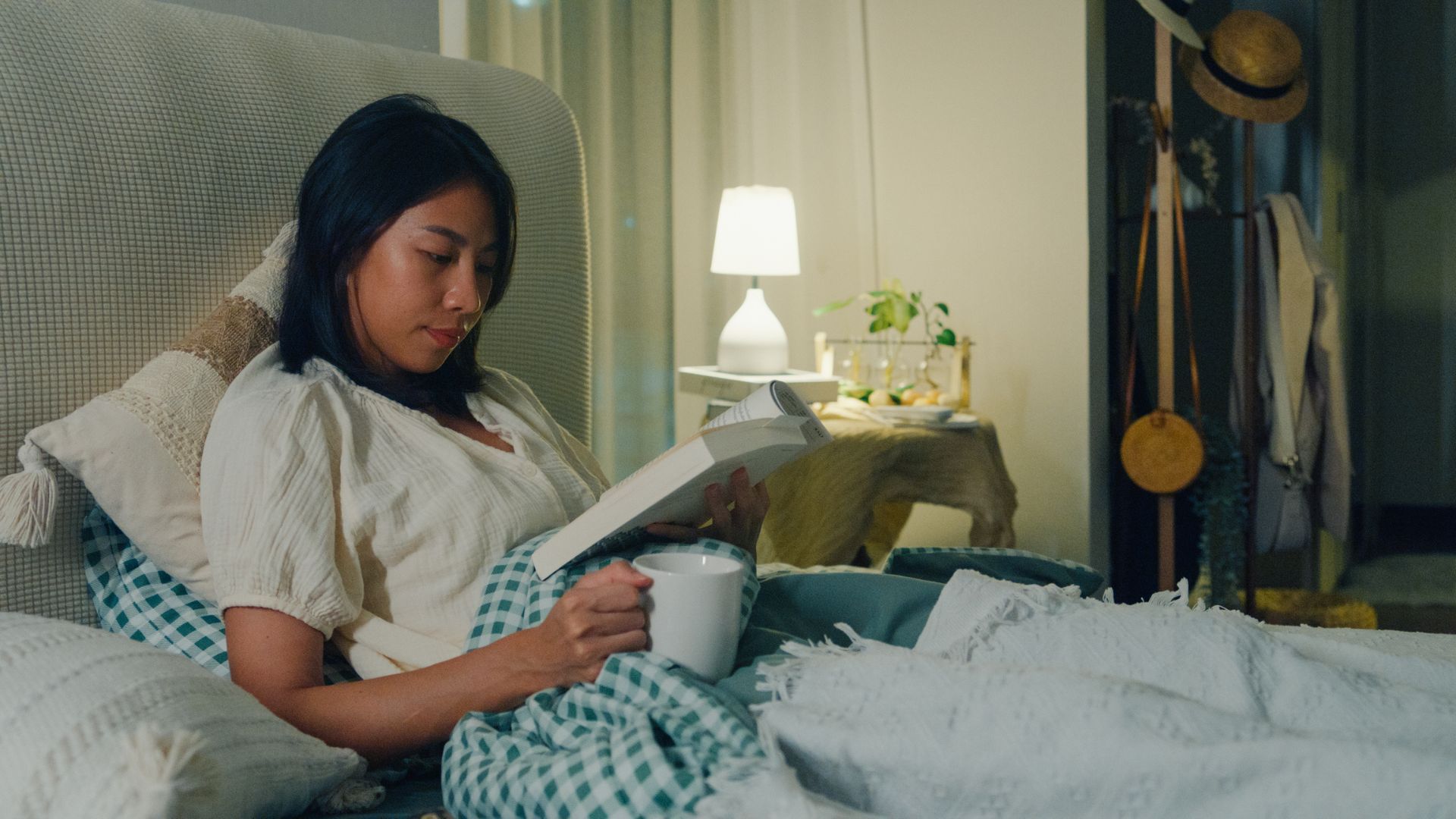
CPAP mask
If lifestyle changes don’t fully help to treat your sleep apnea symptoms, you may be provided with a continuous positive airway pressure (CPAP) machine and mask.
“A CPAP mask is considered first line for sleep apnea as it’s effective for all severities of OSA,” says Dr Izzo.
The machine works by delivering air at pressure through a mask that is placed over your nose and mouth. It can help to keep your airways open to prevent impaired breathing while you sleep.
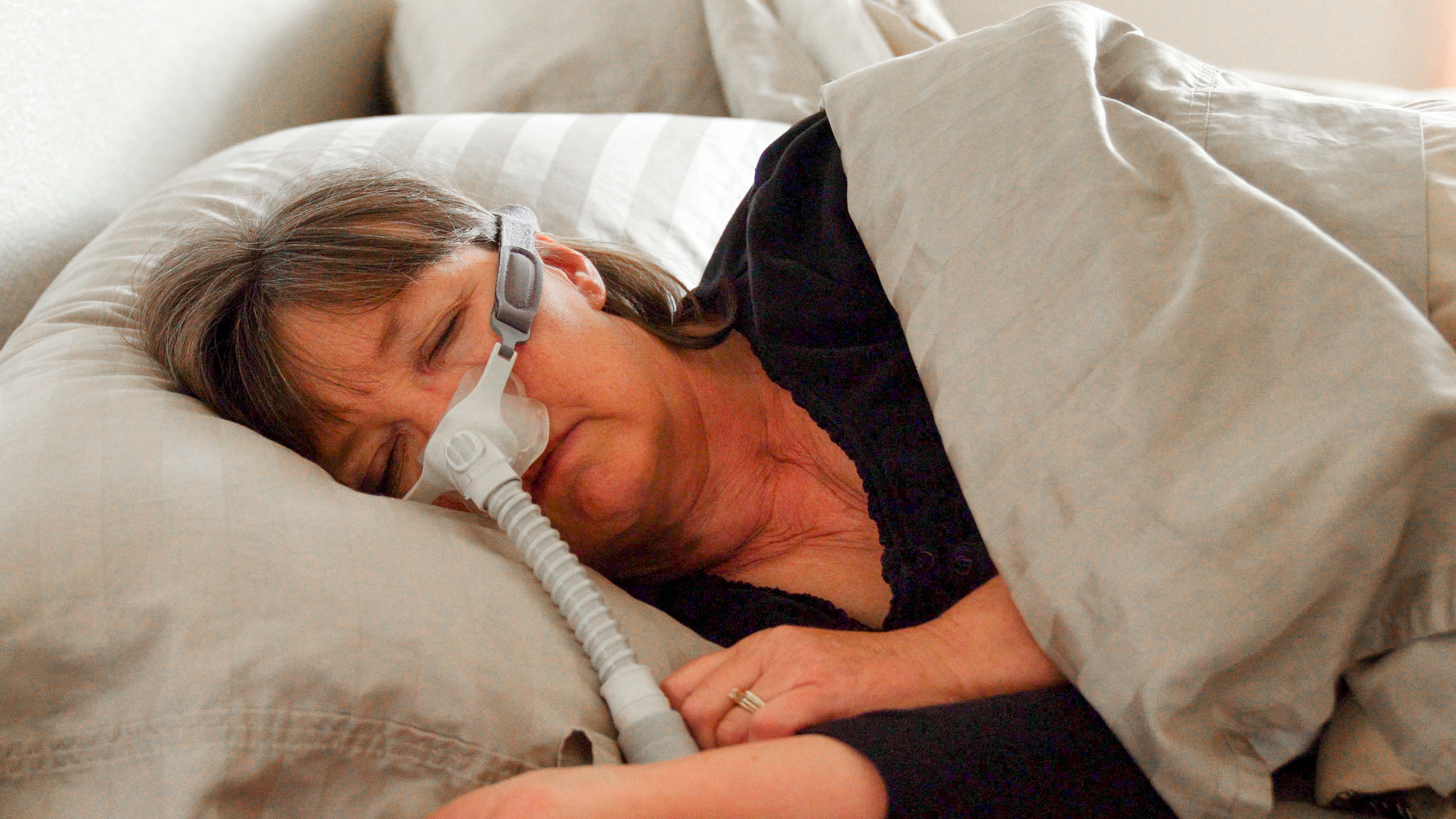
Mouthguard
Another treatment alternative for mild to moderate sleep apnea is an oral device such as a sleep apnea mouthguard that you would wear at bedtime. These are designed to keep your throat open while you sleep to lessen symptoms.
They work by preventing your tongue from blocking your throat and this can help to prevent snoring. Another option is a mouthguard that works slightly differently by moving your lower jaw forward to keep your throat open.
These oral devices are easier to use but you may not find them comfortable, and they may not work for everyone.
